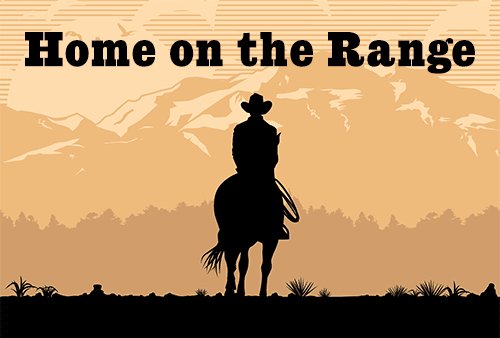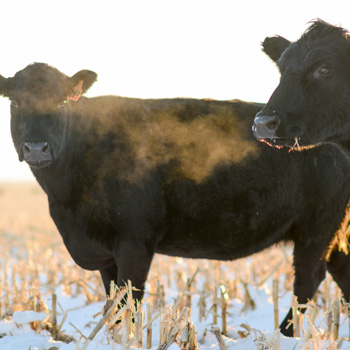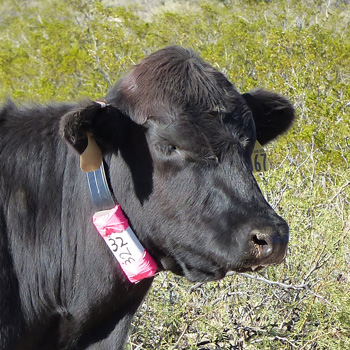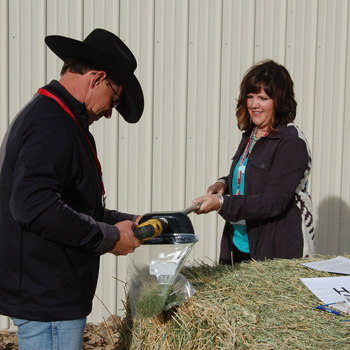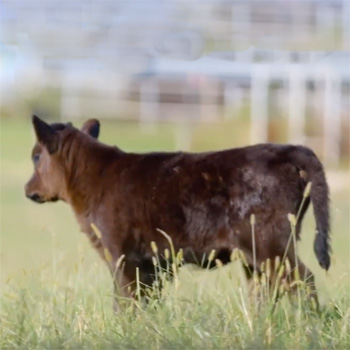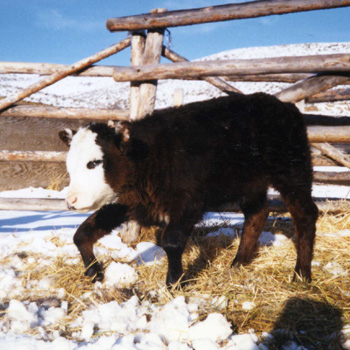6 Tips to Make the Most of Feed Analysis
If you’ve never tested before, this is the year to do it, says NDSU livestock specialist.
Color, smell, texture, leafiness and harvest date can all offer clues about forage quality, but “sensory evaluation doesn’t cut it when it comes to feed analysis,” says North Dakota State University (NDSU) Area Livestock Extension Specialist Janna Block, who is based at the Hettinger Research Extension Center. Block shared comments during a hands-on breakout session at the 2019 Range Beef Cow Symposium hosted Nov. 18-20 in Mitchell, Neb.
The Most Important Meal
Setting up newborns for success means making sure they consume colostrum meal in first four hours of life.
“In my opinion, colostrum is the most important meal of a calf’s life. There are many factors that influence the success of the transfer of colostral immunity, and proactive management can have a big impact on the transfer of colostral immunity.”
Avoid Crooked Calves
“Crooked calves” may result when pregnant cows eat toxic plants.
Calving season sometimes brings unpleasant surprises. In certain regions and situations, some cows give birth to deformed calves with fused joints and twisted limbs. A common cause of these congenital defects is ingestion of certain plants by the pregnant cow during early pregnancy. Kevin Welch, research toxicologist with the USDA Agricultural Research Service Poisonous Plant Research Laboratory in Logan, Utah, says that in some regions, lupine can be a problem by causing deformed calves with fused joints.
Cowpie-ology: Does NUTBAL Work?
Experts recommend monitoring body condition and manure consistency.
The Near Infrared Reflectance Spectroscopy (NIRS) and the Nutrition Balance Analyzer (NUTBAL) system were developed by Texas range scientists for the purpose of monitoring whether the diets of grazing cattle are adequate to meet nutritional requirements. The USDA’s Natural Resource Conservation Service has offered NIRS/NUTBAL as an option for monitoring nutrition among cattle of producers enrolled in the Conservation Stewardship Program.

